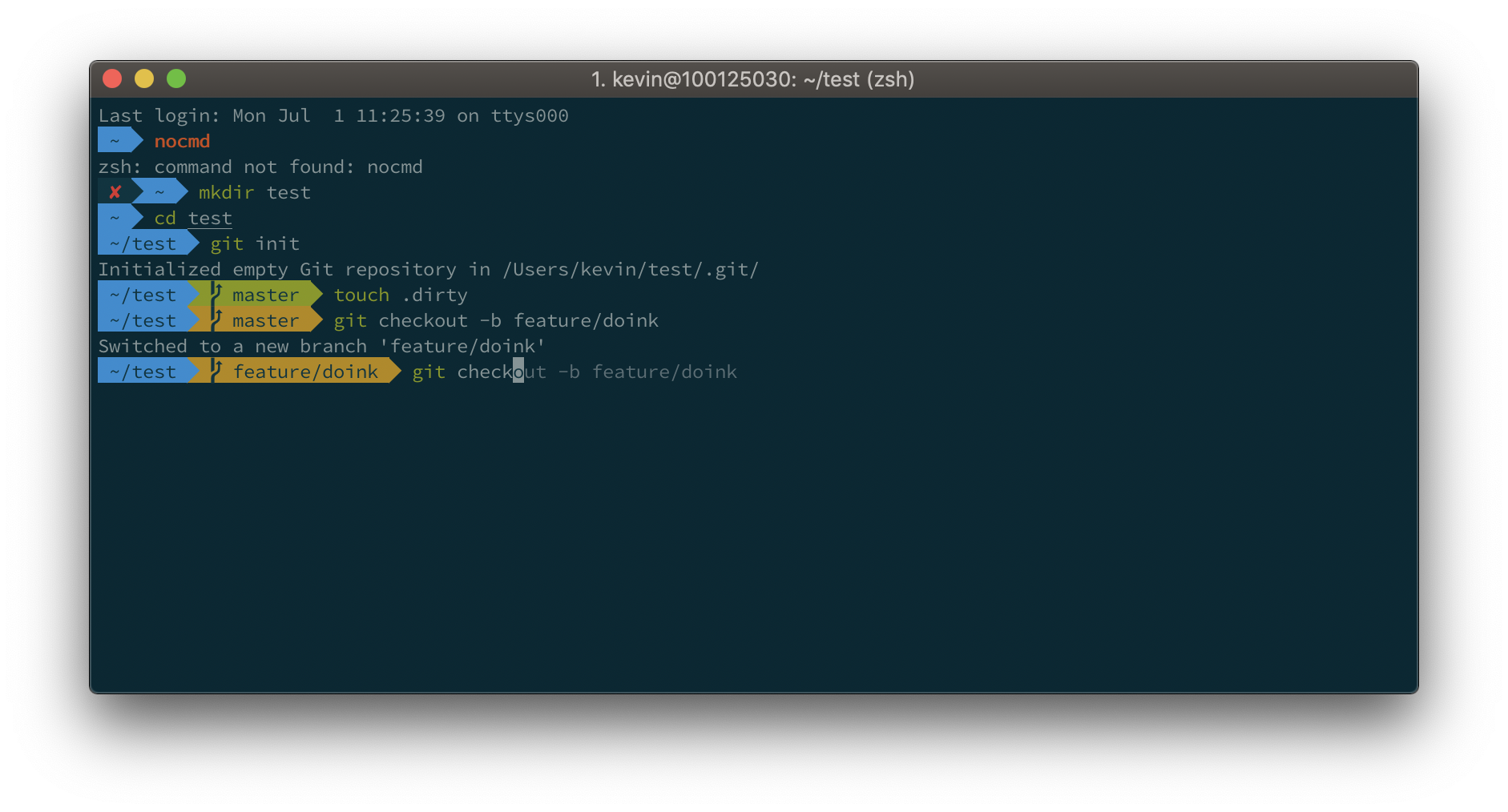This file contains hidden or bidirectional Unicode text that may be interpreted or compiled differently than what appears below. To review, open the file in an editor that reveals hidden Unicode characters.
Learn more about bidirectional Unicode characters
| import json | |
| import urllib.parse | |
| import boto3 | |
| print('Loading function') | |
| s3 = boto3.client('s3') | |
| def lambda_handler(event, context): | |
| #1 - Get the bucket name |
Sphinx is a documentation generator that is the de facto standard for Python projects. The official documentation can be a bit daunting as it includes so many options, it's hard to know where to start.
Note: This Gist was updated on 04/04/2019 to accomodate a newer version of Sphinx, as well as Python 3.7. YMMV!
This document is written with the following presuppositions:
- You want to leverage the DocStrings in your Python code.
- You'd rather write your DocStrings in Google-style instead of a more awkward reStructuredText format for calling documentation.
Magic words:
psql -U postgresSome interesting flags (to see all, use -h or --help depending on your psql version):
-E: will describe the underlaying queries of the\commands (cool for learning!)-l: psql will list all databases and then exit (useful if the user you connect with doesn't has a default database, like at AWS RDS)
Use latest Neo4j for best results, e.g. 2.2.2 or 2.3.0-M02 (http://neo4j.com/download) On a machine with 12 cores use concurrency 24

